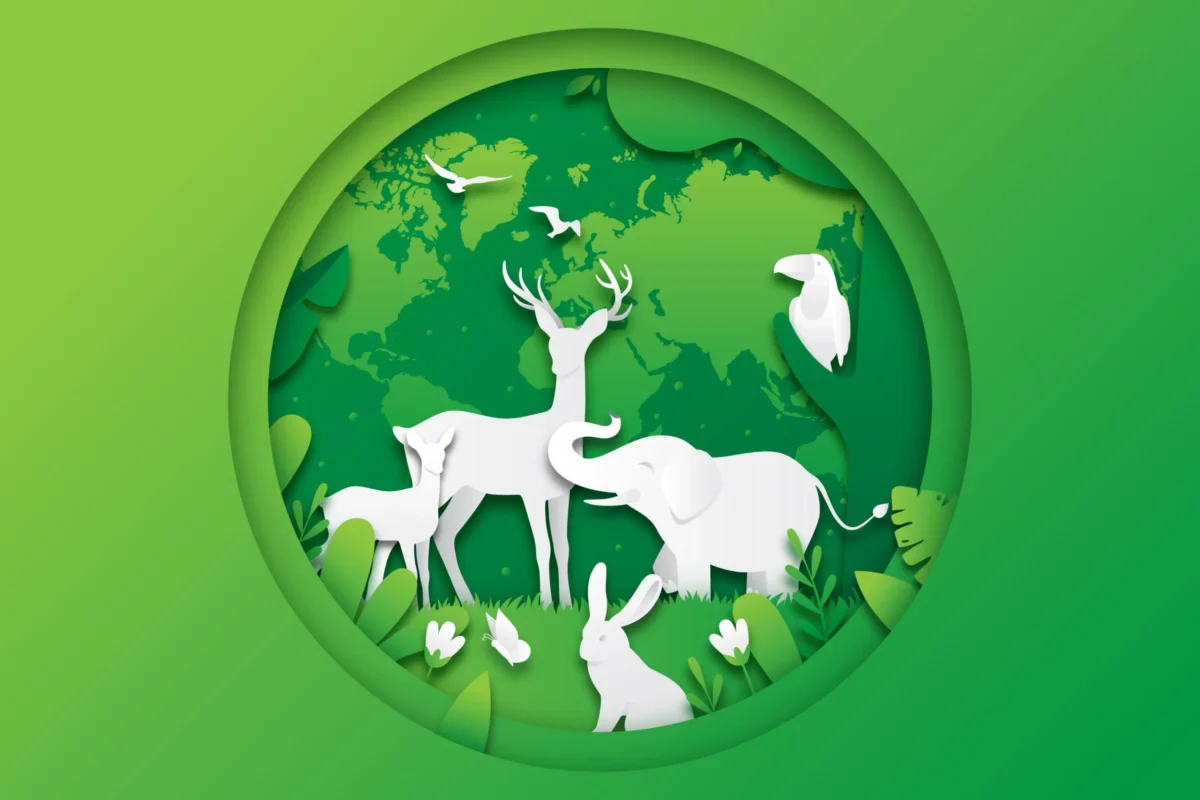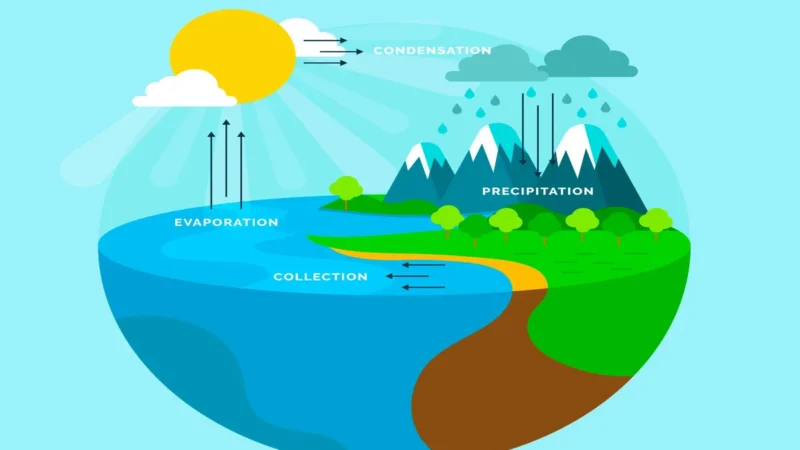Threats to Biodiversity: Risks and Conservation Challenges

Biodiversity, the variety of life on Earth, is under significant threat due to various factors. This article aims to explore the major threats to biodiversity, including habitat destruction, climate change, invasive species, overexploitation, pollution, deforestation, urbanization, and agricultural practices. Understanding these threats is crucial for developing effective conservation strategies.
Habitat Destruction:
Habitat destruction poses a significant threat to biodiversity worldwide. It occurs through activities such as deforestation, mining, and urban expansion. As natural habitats are cleared, numerous plant and animal species lose their homes, leading to population declines and, in some cases, extinction. Key drivers of habitat destruction include land-use changes, industrial activities, and infrastructure development. Protecting and restoring habitats, implementing sustainable land-use practices, and promoting protected area networks are essential for mitigating this threat.
Climate Change:
Climate change is a pressing global concern that adversely affects biodiversity. Rising temperatures, altered precipitation patterns, and extreme weather events disrupt ecosystems and challenge the survival of many species. The shifting climate alters habitat conditions and disrupts ecological interactions. Species with limited dispersal abilities may struggle to adapt or migrate, leading to population declines and range contractions. Addressing climate change requires reducing greenhouse gas emissions, increasing resilience in ecosystems, and implementing adaptive management strategies.
Invasive Species:
Invasive species, introduced by human activities outside their native range, pose a significant threat to biodiversity. These species can outcompete native flora and fauna, disrupt ecological processes, and cause species extinctions. Invasions often occur due to global trade, travel, and accidental introductions. Effective management of invasive species involves prevention, early detection, and rapid response measures, including quarantine protocols, control programs, and ecosystem restoration.
Overexploitation:
Overexploitation occurs when species are harvested or consumed at unsustainable rates. Unsustainable fishing, hunting, logging, and illegal wildlife trade threaten the survival of numerous species. Overfishing, for instance, depletes fish stocks and disrupts marine ecosystems. Combatting overexploitation requires sustainable harvesting practices, the establishment of protected areas, and the enforcement of regulations against illegal trade.
Pollution:
Pollution, including air and water pollution, poses significant threats to biodiversity. Industrial activities, agricultural runoff, and improper waste disposal introduce harmful chemicals into ecosystems, poisoning and disrupting the lives of various organisms. Pollution impacts aquatic systems, terrestrial habitats, and even the atmosphere. Implementing effective pollution control measures, adopting cleaner production practices, and promoting sustainable waste management are vital for protecting biodiversity.
Key Takeaways:
Biodiversity loss is a grave concern, and understanding the diverse threats it faces is crucial for conservation efforts. By addressing habitat destruction, climate change, invasive species, overexploitation, pollution, and other pressing challenges, we can strive to preserve the remarkable richness of life on our planet for future generations. It is imperative to prioritize biodiversity conservation through comprehensive and coordinated strategies at local, regional, and global levels.
FAQs about threats to biodiversity
Q: What is biodiversity loss?
A: Biodiversity loss refers to the decline in the variety and abundance of different species and ecosystems on Earth. It is primarily caused by human activities and poses a significant threat to the health and stability of ecosystems.
Q: Why is habitat destruction a major threat to biodiversity?
A: Habitat destruction involves the destruction or alteration of natural habitats, such as forests, wetlands, and coral reefs. This threat disrupts ecosystems, displaces species, and reduces their chances of survival. It is a major driver of biodiversity loss worldwide.
Q: How does climate change impact biodiversity?
A: Climate change alters temperature and rainfall patterns, causing shifts in ecosystems. Species may struggle to adapt or migrate fast enough, leading to population declines and possible extinctions. Climate change poses significant challenges to the survival and functioning of diverse species and ecosystems.
Q: What are invasive species and why are they harmful?
A: Invasive species are non-native species that are introduced to new environments, often through human activities. These species can outcompete native species for resources, disrupt ecological processes, and pose a threat to biodiversity. They are considered harmful due to their negative impacts on ecosystems.
Q: What is overexploitation and how does it affect biodiversity?
A: Overexploitation refers to the unsustainable harvesting or consumption of species. It includes activities like overfishing, hunting, logging, and illegal wildlife trade. Overexploitation can lead to population declines, disrupt ecosystems, and push species towards extinction.
Q: How does pollution contribute to biodiversity loss?
A: Pollution, such as air and water pollution, introduces harmful chemicals into ecosystems, poisoning and disrupting the lives of organisms. Industrial activities, agricultural runoff, and improper waste disposal contribute to pollution. It poses a significant threat to biodiversity in various habitats.


